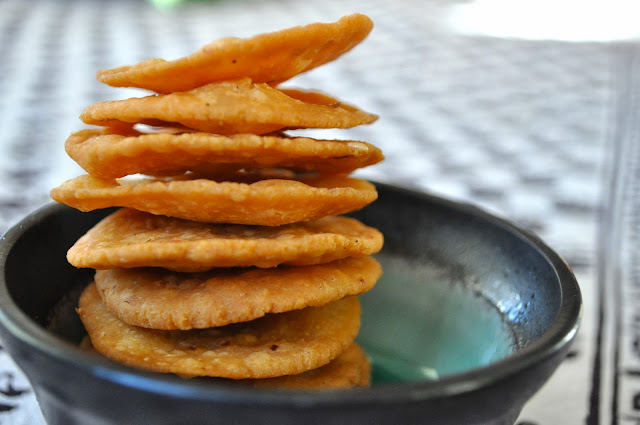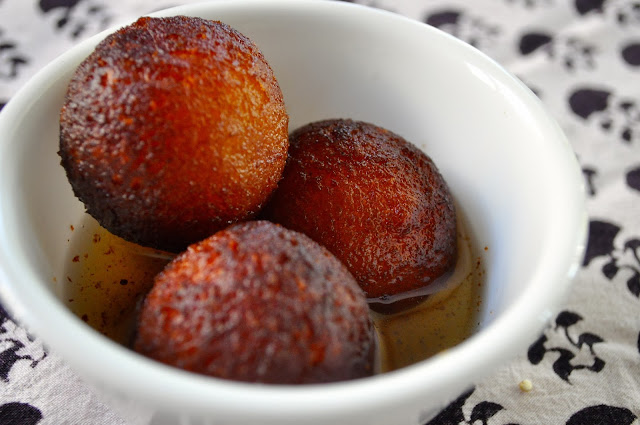We have been eating traditional south Indian food for a few
days in a row. Just over the last
few days I made adai, milagu kuzhambu, jeera rasam, paruppu thogayal, amaranth
keerai, potato curry, and upma to name a few.
Even though my husband never gets tired of this fare, I was
ready for a change. I also wanted
to make just one thing for dinner
(something my younger son also will eat). After a really long day at work, I did not want to stay in
front of the stove for too long.
I also did not want to add more food to the stash of leftovers in the
fridge.
While browsing some of my favorite food blogs, I came across
this recipe for Garlicky Herbed Lentil and Carrot Pilaf. It seemed really simple to make and
looked like a one-pot meal.
I had sprouted some masoor dal for another recipe and had
frozen the unused sprouts. This is
something I do often. If I plan in
advance to make something using sprouts, then I make a little extra and freeze it, so that I
can add it to pulaos or other dals.
This saves me a lot of time and not only adds a wonderful texture to
whatever I am making, but also increases its protein content.
I mostly followed the recipe above, with some very minor
modifications.
Here is what you need:
(for a family of 4)
- 1 ½ cups basmati rice
- 2 tsp. ghee
- 1 tsp. jeera (cumin seeds)
- ½ tsp. saunf (fennel seeds)
- 3 – 4 cloves
- ½ tsp. kalonji (onion seeds/nigella)
- 1 tsp. oil
- 3 cloves garlic
- 2 jalapenos
- 1” piece ginger
- some cilantro, finely chopped
- 1 small carrot, thinly sliced
- 1 cup sprouted masoor or sprouted moong dal
- salt to taste
Here is how I made it:
- Wash and rinse the basmati rice in several changes of water.
- Heat ghee in a pan. Add jeera, saunf, cloves, and kalonji.
- When the jeera changes color, add the basmati rice and a little bit of salt. Fry for a few minutes.
- Add three cups of water. Bring this to a boil, reduce heat to low and cook, covered, till the rice is done (about 10 – 12 minutes)
- While the rice is cooking, take the garlic, ginger, and jalapenos in a food chopper or your cutting board. Mince them to a coarse mixture.
- In another pan, heat the oil.
- Add the garlic mixture and cilantro. Sauté for a few minutes.
- Add the sliced carrots and sprouted masoor dal. Add a little bit of salt to taste (remember that the rice already has salt added to it) and mix well.
- Cook covered, on low heat, till the masoor dal is done – about 10 – 12 minutes.
- Now, add this mixture to the cooked rice and mix well.
- Cover this and cook for about five more minutes so that the rice absorbs all the flavors.
Serve hot with a simple dal and raitha.













































